French Bred
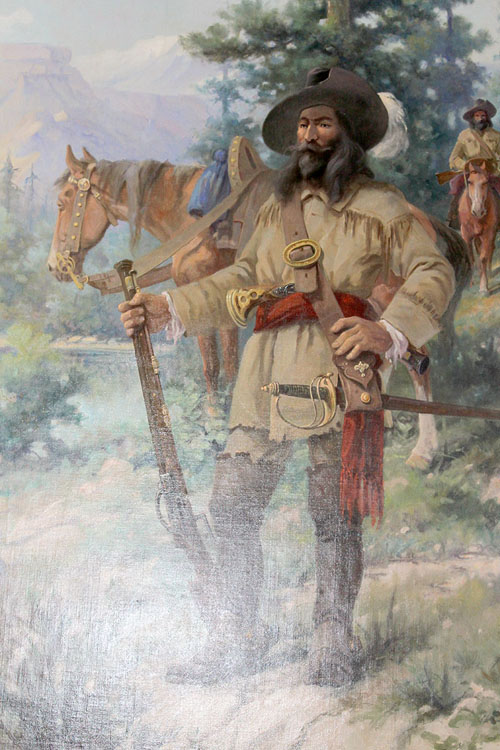
If it hadn’t been for a broken astrolabe, we might all be speaking French today. Obviously, the original settlement of Montana must be credited to the First People—the tribes who settled here or passed through thousands of years ago.
When it comes to crediting the earliest exploration of present-day Montana by Europeans, your vote may depend on whether any of your ancestors ate pease bread, buttery croissants, or a long loaf that was hard enough to drive nails.
“European” is defined more by genetics than geography. Spanish explorers and fur traders (they of the hard, stale loaf) arrived early and wandered widely. By the time they may have made the long trek to Montana, odds were they had been born in Spanish territory in the New World, but were still considered Europeans. There is anecdotal evidence that the Flathead, Shoshone, Crow, and Blackfeet had horses as early as the 1600s, but whether they arrived with the Spanish, by trading with southwestern tribes, or some other means is not clear.
Meriwether Lewis and William Clark were born in Colonial America, but are frequently called the first Europeans to explore Montana with their famous “Corps of Discovery,” 1804 to 1806.
Which leaves the French.
Pierre Gaultier de Varennes et de La Verendrye, of Trois Rivieres, New France, is often credited with entering the southeast corner of Montana in the 1730s on an expedition from present-day North Dakota. However, it is his sons’ explorations which give the most credibility to a French claim to be first.
Generously setting aside its justifiable pride in its association with two of America’s best-known explorers, in 1886 the Great Falls Tribune reported the expedition of brothers Louis-Gaultier and Francois Verendrye. The editor wrote, “We trust that we shall be pardoned for leaving Lewis and Clarke among the Mandans, in a cold, cheerless country, with winter coming on, while we take a retrospective glance…at some hardy pioneers who antedated Lewis and Clarke...” (note: the State of Montana didn’t correct its spelling of Clark’s name officially until 1905).
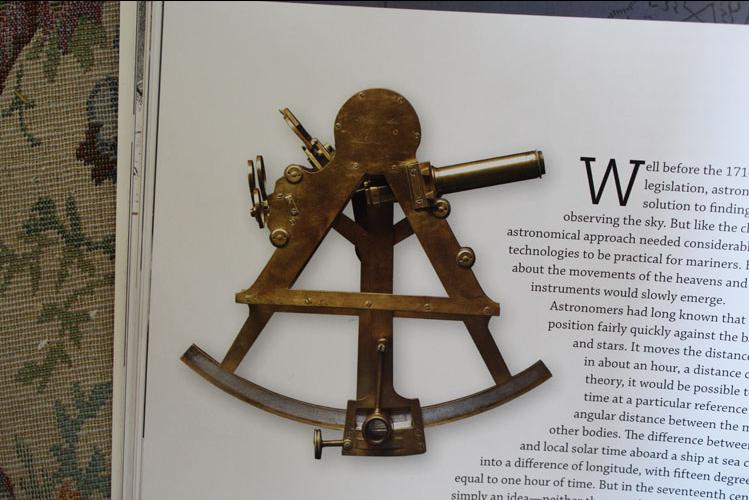
The tale is set in 1742. The critical part of the lengthy Tribune story describes the brothers working their way up along the Missouri. “They made a portage of the series of falls, their description of which tallies almost exactly with the description of the same given by Lewis and Clarke 62 years later…At the point which is now well-known as the ‘Gateway of the mountains,’ they ascended the mountains in January, 1743.”
The Tribune went into much greater detail, but perhaps the important paragraph is a plausible explanation for why we do not routinely enjoy a fresh croissant for breakfast. “Had they made the discovery of precious metals in the Rockies at that time, the whole history of this western country would have been changed. France would doubtless have secured so firm a hold upon the vast Territory of Louisiana that to have purchased it from her except at the price of blood would have been impossible.”
As for that broken astrolabe, despite the weeks the younger Verendryes spent on their explorations, their broken astrolabe made it impossible to map the exact latitude of their journey, and they returned east.
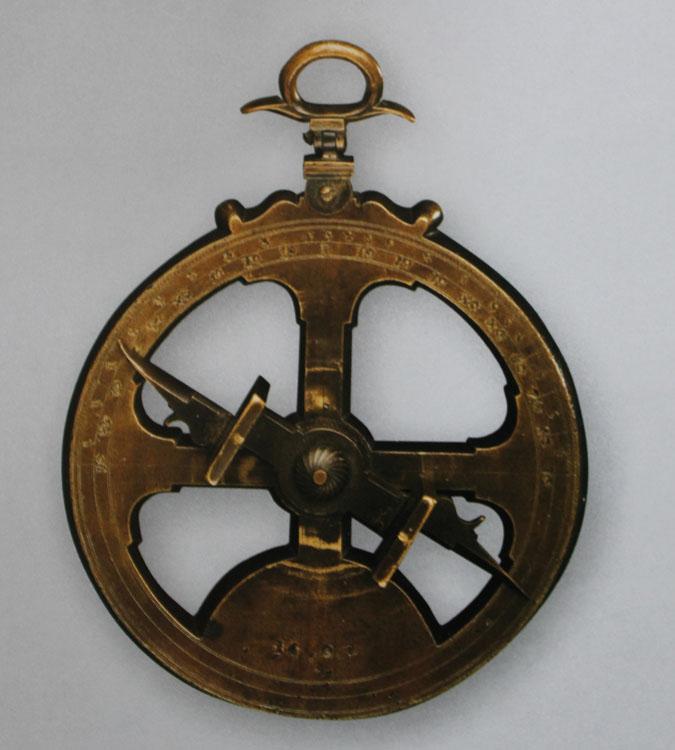
Another reason to speculate on early French explorations into Montana was the establishment of a French and Indian community in Pembina, North Dakota, in the 1770s. Charles Baptiste Chaboillez built a trading post there in 1797 which included lodging for travelers. It was roughly 200 miles north of Lewis and Clark’s winter camp with the Mandan in 1804. Had the Corps of Discovery discovered the post, they might have passed a more comfortable winter and learned much about the route ahead. It is reasonable to conjecture that trappers and traders of that era went west as well as east.
One member of the Lewis and Clark expedition could boast a unique distinction. Sacagawea, kidnapped from her Idaho home, was taken to North Dakota by the Hidatsa. Sold to the dissolute French trader and soi-disant expedition guide, Charbonneau, the path of the expedition took her back through Montana, thus enabling her to rediscover it.
Regardless of who came “first” (a perpetually debatable claim), the French presence in Montana didn’t vanish with the Verendryes. A few examples follow.
- Nez Perce and Pend d’Oreille are just two of the names used by early French trappers for tribes who called themselves Nimiipuu (The People) and Kalispel (Camas People).
- Pierre Choteau, born in St. Louis in 1789, was an entrepreneur who made much of his fortune in the fur trade. Complicating his French Creole heritage was the fact that St. Louis was part of New Spain when he was born, part of France when the Treaty of Aranjuez was signed in 1801, and part of the Louisiana Purchase in 1803. That made him a native of three different countries without even leaving town. He established Fort Benton on the upper Missouri, naming it after U.S. Senator Thomas Hart Benton. The fort remained a vital conduit for goods coming by steamboat from St. Louis until the completion of the Northern Pacific in 1883. Pierre, South Dakota, is named for Choteau himself.
- The gradual end of the fur trade and the start of the gold rush in 1862 led to a shift for many of the French. Still outdoorsmen, they took up woodcutting to provide wood for the many smelters. Over a six year period, the Anaconda copper smelter burned 196,000 cords of wood from forests west of Helena, an amount which would line the road with 8’x4’x4’ cords of firewood from Hamilton to a little past Billings. When the smelters gradually switched to coal, many of the French woodcutters drifted to the logging camps of the Pacific Northwest and much of Montana’s French heritage was lost.
- The saga of Louis Riel and the rebellions of the Metis in Canada in 1869 and 1885 are dramatic and important, but can’t be constrained within the confines of a brief article. The French and Indian Metis of Canada sought refuge in Montana and is a story in itself.
While most of the early French Montanans were from French Canada, there were some notable exceptions.
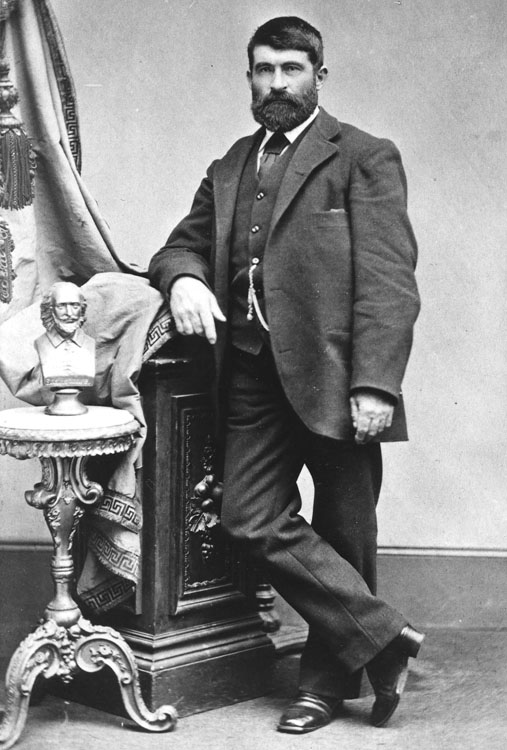
- French-born Michand Oxarart, foreman for Montana cattle baron Conrad Kohrs, was later rumored to have gone into business smuggling stolen horses back and forth over the Canadian border. The astute cattleman Kohrs certainly had trusted him. Oxarart’s photo, in suit and tie and posed with a bust of Shakespeare does not conjure up an image of a rough character hightailing it over the hill with a band of cayuses.
- Another of the great cattle barons of Montana, Pierre Wibaux, has a Montana town and county named after him. Born in 1858 in Roubaix, France, his imagination was caught by the tales of open range ranching in the American West. Raised to be businesslike, he came first to Chicago to study the possibilities. The flamboyant French adventurer, the Marquis de Mores, met him there and encouraged him to invest in the unfenced ranges of Montana and North Dakota. Though the flamboyant Marquis’ ranch was in North Dakota, his reputation stretched into Montana, as well, perhaps, as his name: Antoine-Amedee-Marie-Vincent Manca Amat de Vallombrosa, Marquis de Mores et de Montemaggiore. Wibaux was less glamorous—but more successful.
As more and more settlers arrived from the East and other European countries, the stories of the early French Montanans began to fade. Traces remain in family names which have often been anglicized, place names, and, more vividly, in the tales of those who brought a bit of French flair to the young Montana Territory.
One last candidate for “first” in the European discovery of the American Northwest is the Lost Welsh Tribe which is alleged to have arrived in 1170, led by a Welsh prince named Madoc. If you like that theory, you may have to give up the flaky French croissant, the rock-hard Spanish barra gallega and the English pease bread and bake some Welsh bara brith. Whatever your taste, they were all bread in the Old Country.

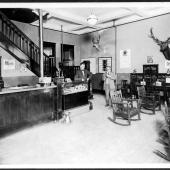









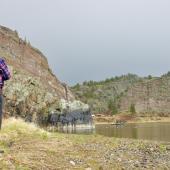
Leave a Comment Here